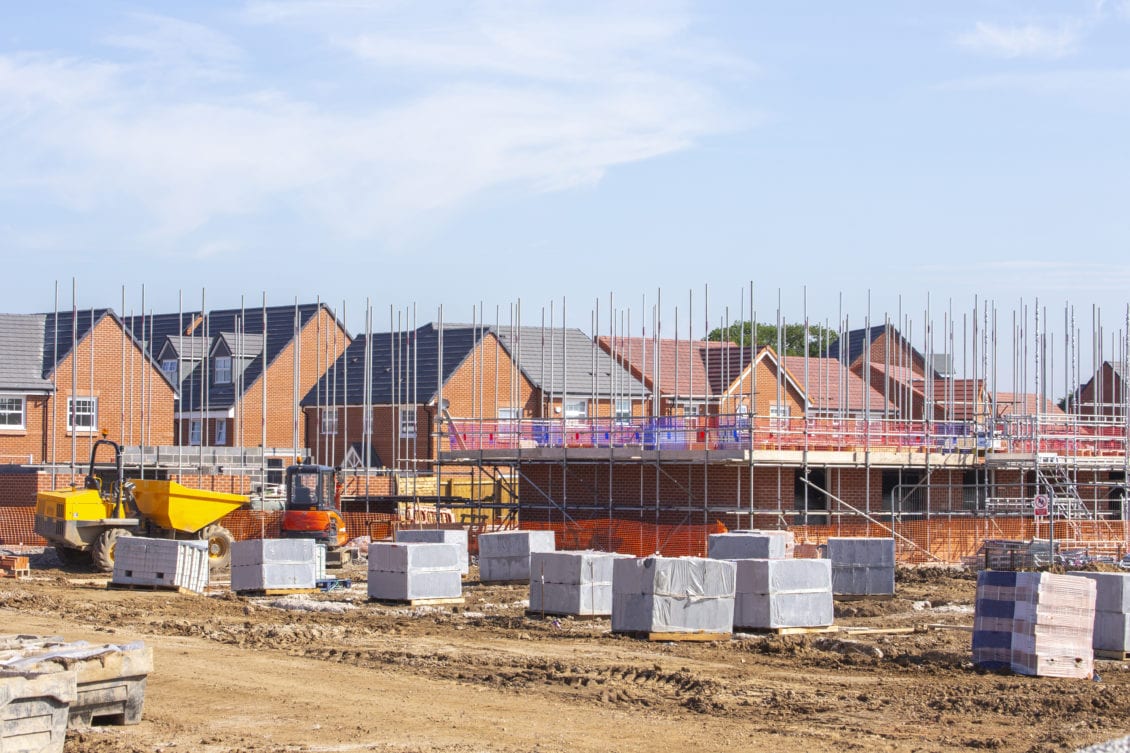Construction activity in Wales slowed at the end of last year according to The Royal Institution of Chartered Surveyors (RICS) Construction Monitor, and Welsh respondents expect overall workloads to fall during 2023. However, there is a mixed picture at a sub-sector level, with aspects of the industry including infrastructure and public housing remaining more positive at present.
The net balance for overall workloads in Wales was +11% in the latest quarter, down from +15% in Q3 and +37% at the beginning of 2022. The most significant contributor to the slowdown comes from the private industrial sector, where workloads slipped to -25% compared to +9% in Q3. This is in contrast with infrastructure workloads which remain more upbeat at +18%, reflecting the longer-term nature of many of these projects. In regard to public housing activity, a net balance of +27% of respondents said that workloads increased in Q4.
Regarding the industry’s crucial challenges, respondents in Wales continue to emphasise shortages of both labour and materials. However, while the number of respondents highlighting these are beginning to decline, the proportion identifying financial constraints as an obstacle has now risen for four consecutive quarters to reach 65% – the highest level since Q4 2020.
Looking ahead, a net balance of -4% was reported for workload expectations, suggesting that respondents in Wales expect activity to be slightly lower in a year’s time. Respondents also expect profit margins to continue to be squeezed. However, the outlook for employment is more resilient with a net balance of +9%
Commenting on the UK picture, Simon Rubinsohn, Chief Economist at RICS, said: “While the more challenging macro environment is beginning to impact parts of the construction sector, it is noteworthy that the forward-looking metrics even in the area of private residential development remain relatively resilient for now with housing workloads only seen as likely to slow modestly over the next year. Meanwhile, a series of significant energy and transport projects are continuing to support infrastructure workloads. Significantly, the industry is continuing to grapple with the challenge around finding adequate supplies of skilled labour, both at a professional and trades level. Addressing this issue will be critical in enabling the sector to play a comprehensive role in supporting the economy as it emerges from the current downturn”.









Leave a Reply
View Comments